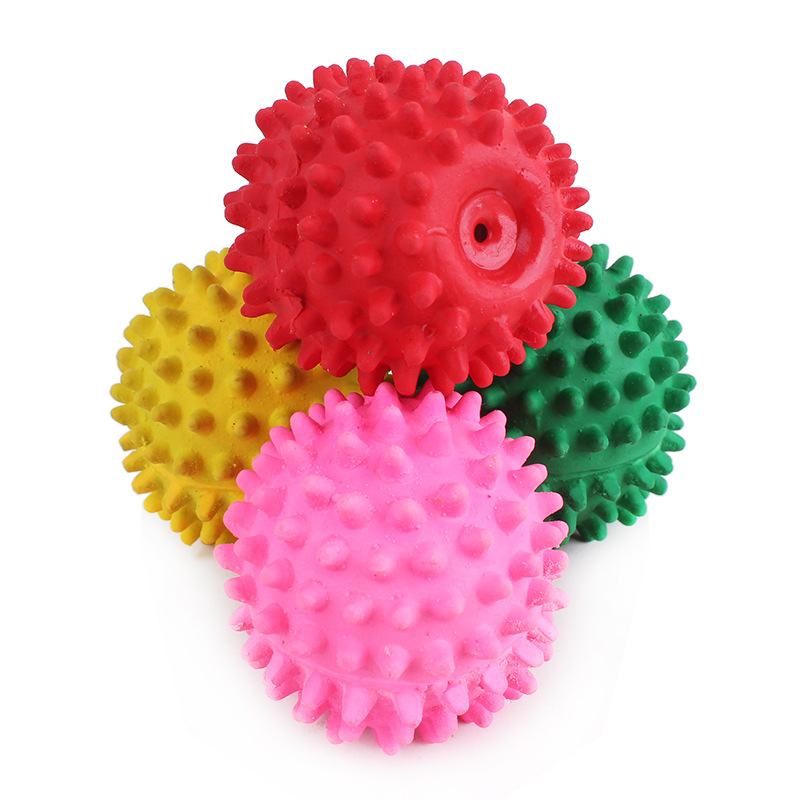


Keep in mind, even after the bones are fully developed, your puppy will continue to develop fat and muscle, just as human adults do. “When the growth plates have stopped producing new tissue and become completely calcified, they are said to have ‘closed,’ which means that they’ve stopped growing and the bone has reached its final size,” says Dr. “The growth plates are somewhat flexible and soft during puppyhood when new tissue is being formed.”Īs your pooch grows, the new tissue developed hardens into bone. Jerry Klein, DVM and Chief Veterinary Officer at AKC. “The long bones in a puppy’s legs grow from two distinct places called growth plates, according to Dr. Their skeletal growth is what determines how tall they will become as adults. Consult your veterinarian if in doubt.Īlthough all puppies are officially considered adult dogs once they reach one year old, puppies continue to grow in height and size while their bones are still developing, which takes anywhere from 6 to 24 months. Puppy Growth Chart By PercentageĪll numbers are approximate. That’s why it’s so important to know just when your puppy finishes growing. And, once pups are fully grown, you’ll know just how big or small they will be so you can buy them all the essential dog supplies they’ll need in the correct sizes, like crates, collars, beds, and protective jackets. Puppies, especially those of a larger breed, have special dietary and exercise requirements to consider while they are still growing. That’s because those bigger bones and joints need a bit more time to grow and develop. But not all dogs grow at the same rate, with smaller breed dogs growing up much faster than their larger counterparts. One day, they’re little balls of furry cuteness and, in what seems like the blink of an eye, they’re fully grown into loving canine companions.


 0 kommentar(er)
0 kommentar(er)
